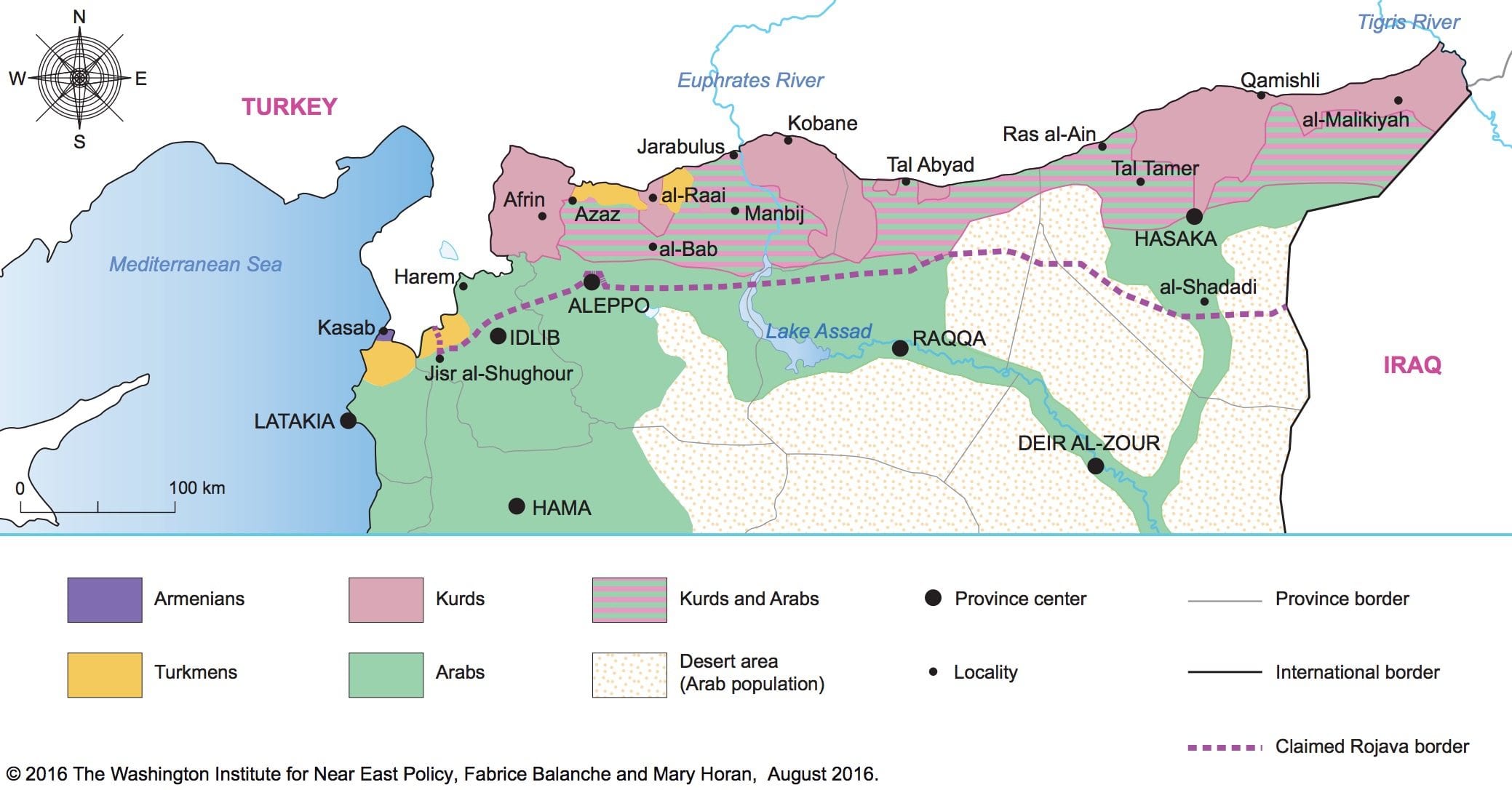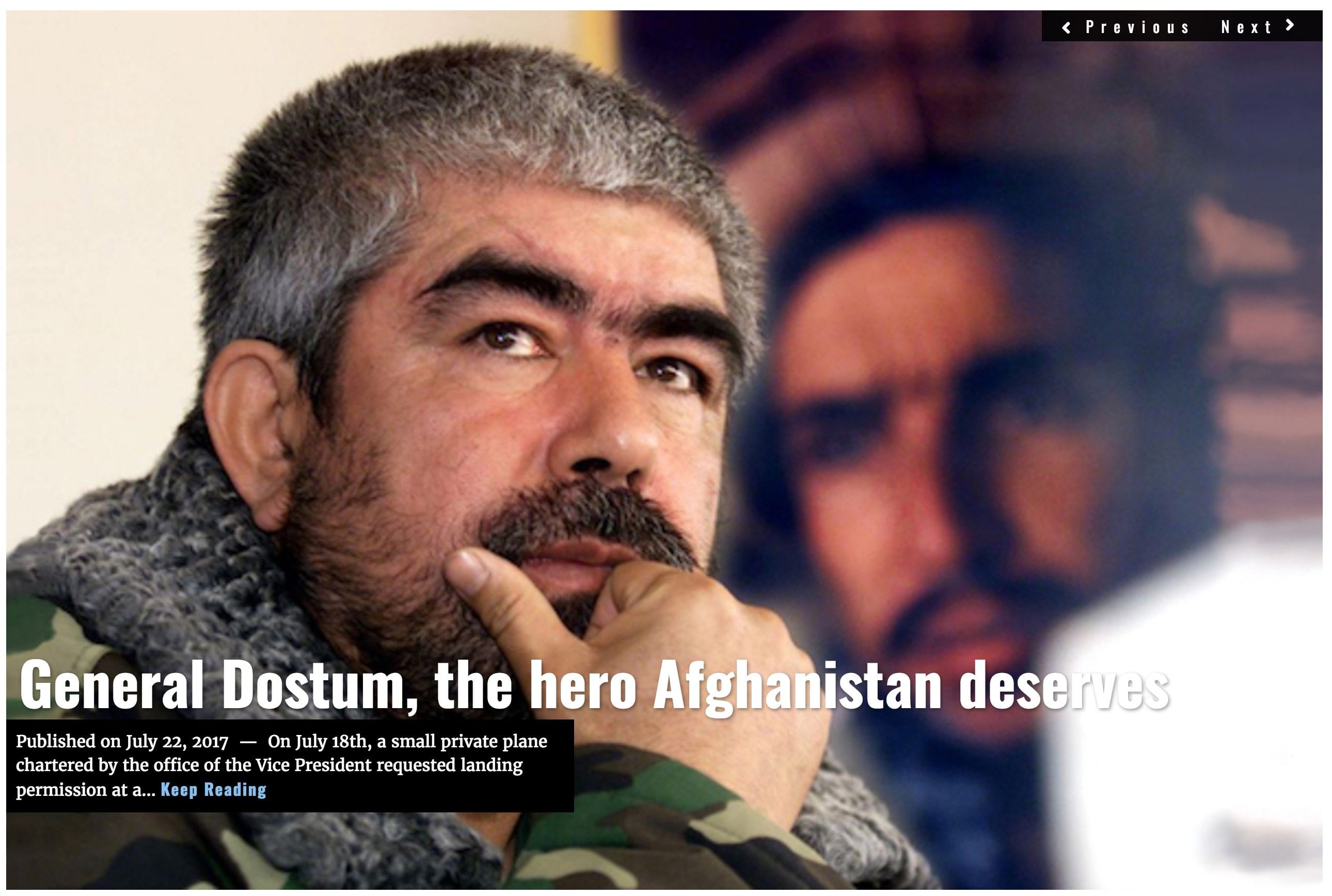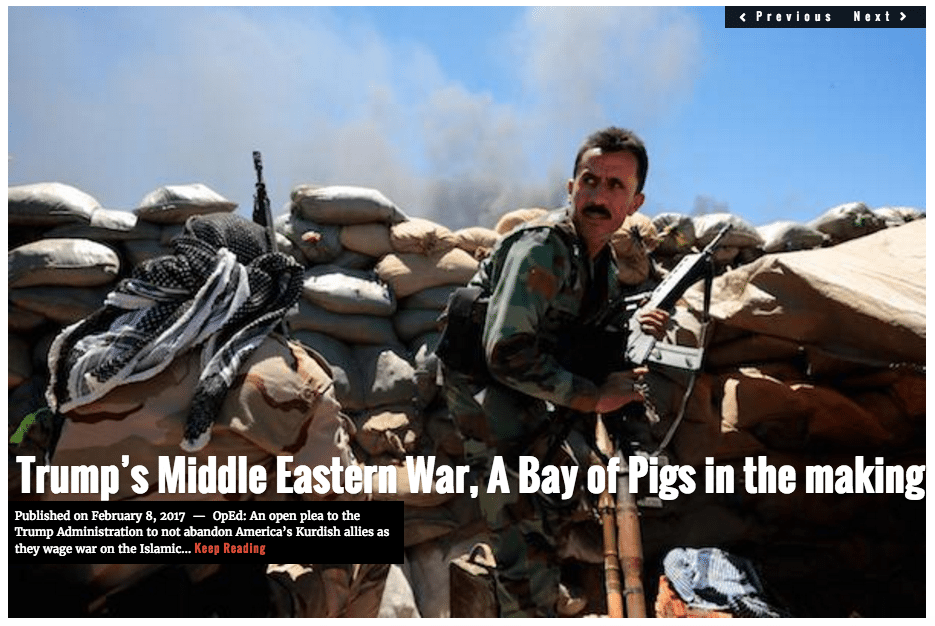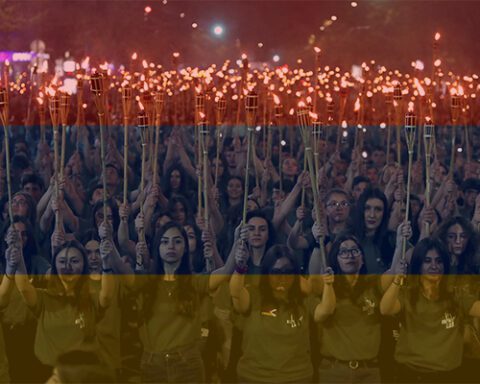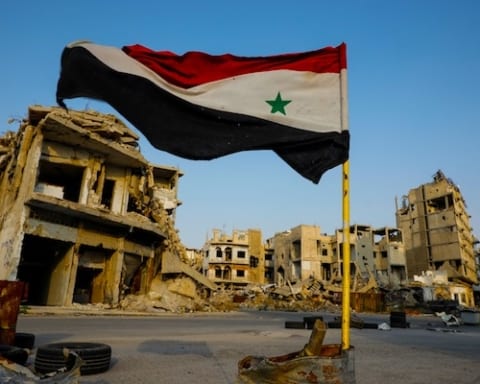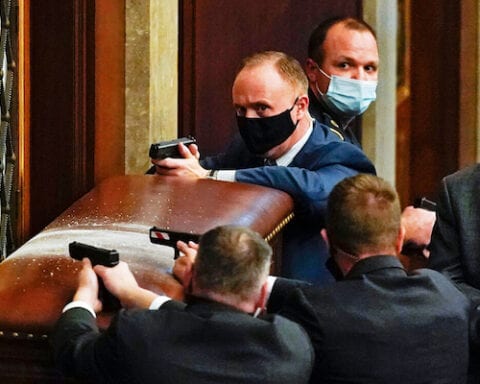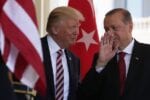The quickly dwindling threat from the Islamic State will soon result in Western news consumers and security investments turning elsewhere. With the interests and resources gone, all that will remain is an ongoing civil war with staggering humanitarian costs, and a people that many would consider an ally left to fend for itself.
The western incapability of holding an interest in complex conflicts means that it remains up to the dying to make their deaths interesting enough to keep us entertained.
A concerted new media campaign against Turkish interests began in earnest some time ago. It started with the PYD showing off its female Yezedi warriors battling on the frontline, fighting against the Salafist jihadist ‘on our behalf.’
The military wing of the Kurdish Democratic Union Party (PYD) – the People’s Protection Units (YPG) -makes up 75% of the US-affiliated Syrian Democratic Forces (SDF). With the SDF being the premier fighting force in Syria against the Islamic State, its PYD leadership is doing everything it can to ensure the maximum amount of media coverage of the bravery of its troops, often through the embedding of western journalists.
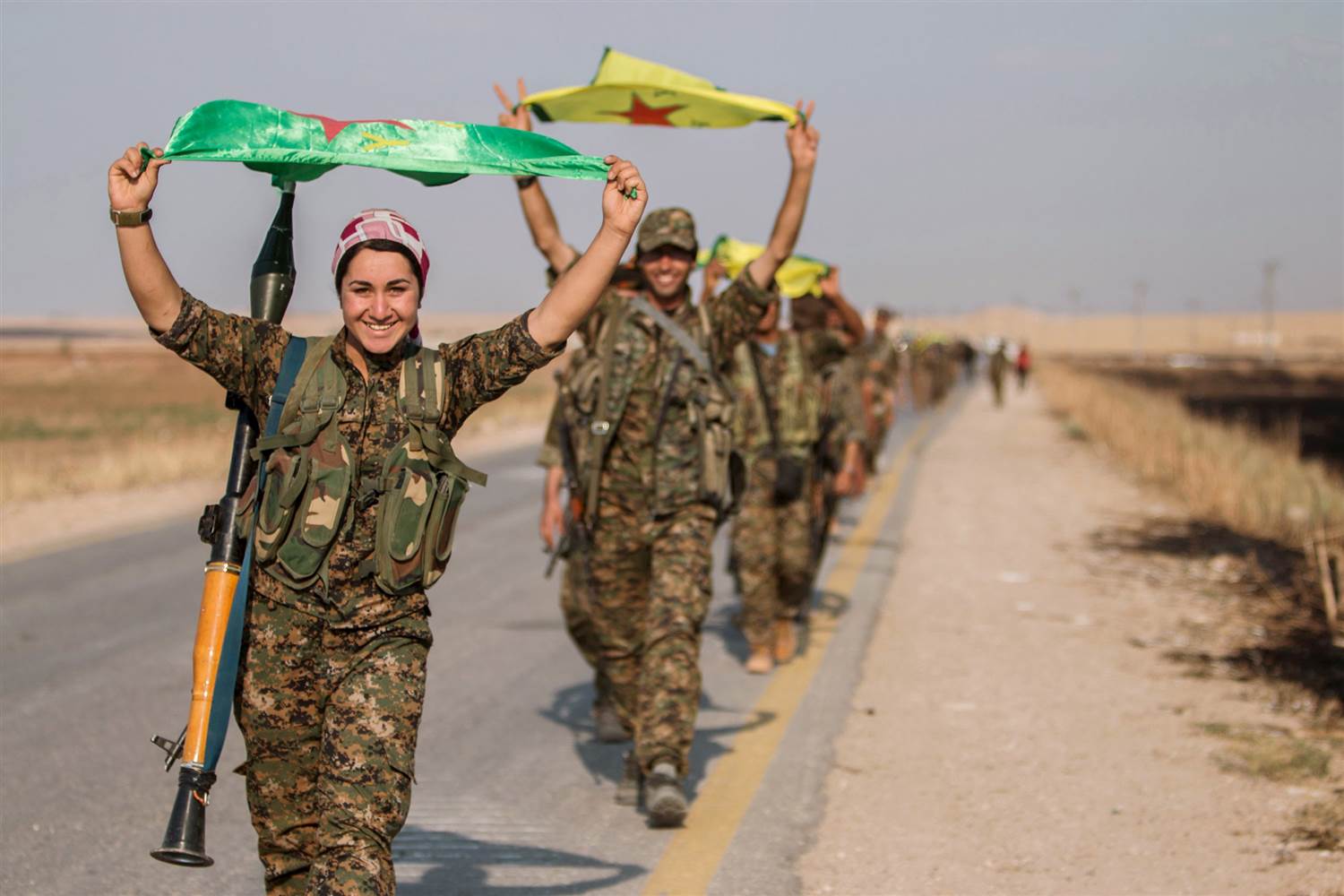
As the battle against the Islamic State is now largely controllable on the strategic plan, the Kurdish leadership has begun to consider much more dire realities.
Largely thanks to the security vacuum the Syrian Civil War has caused, the Kurds have managed to create their much sought after de facto nation state in the border region between Turkey and Syria. From Afrin to al Malikiyah, the Kurds have created Rojava. The line is not entirely contiguous, yet, but the intent is clearly there to link it all together.
However, as Kurd positions run alongside the border of their historic enemy, Turkey, the residents of the nation of Rojava are in peril of having their dream quashed before it has a chance to solidify. The PYD leadership is well aware of this, and of the realities they face.
For the time being, the United States needs the PYD, and the Kurds, to continue the fight against the remainder of the Islamic State and affiliated groups. For the time being, this dependency means that Turkey cannot fully engage their foe. That, of course, has not stopped Turkey from carrying out indiscriminate shelling on positions in Afrin. It has directly targeted existing and new infrastructure, resulting in the death of scores of civilians and militants alike.
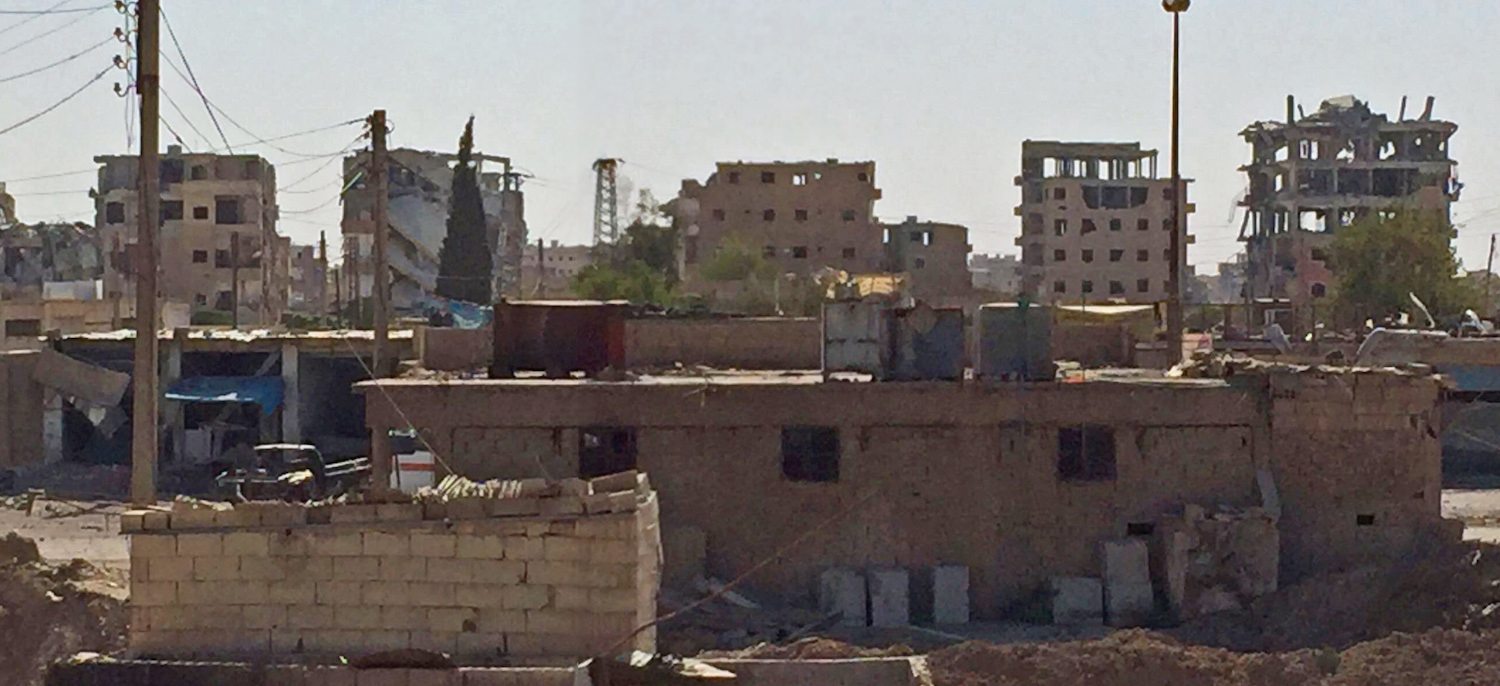
No weapon that the PYD has at its disposal will prevent Turkish forces from overrunning PYD positions, and the resulting massacre of Kurdish civilians and militia alike.
Metaphorically, the PYD holds a certain amount of chips with the West, due to their immense sacrifice in the battle against the Islamic State. But these chips do not confer the ability to summon the US to their rescue in any regional conflict. The US has, historically speaking, not been the rescuing kind.
A traditional war against Turkey using newly procured weapons from the US, would be a short lived spectacle, only resulting in a few paragraphs in the history books. Those strategies are individually doomed to fail, although a combination of them might have a better outcome.
[WARNING: GRAPHIC][Video provided to Lima Charlie News via Freedom Research Foundation]
A more realistic option for the newly created Kurdish state, combines efforts to prolong the security vacuum within Syria, so that the PYD can gain further control of the border area, and engage in an intense Psychological Warfare Operation (PSYOPS).
A concerted new media campaign against Turkish interests began in earnest some time ago. It started with the PYD showing off its female Yezedi warriors battling on the frontline, fighting against the Salafist jihadist “on our behalf.”
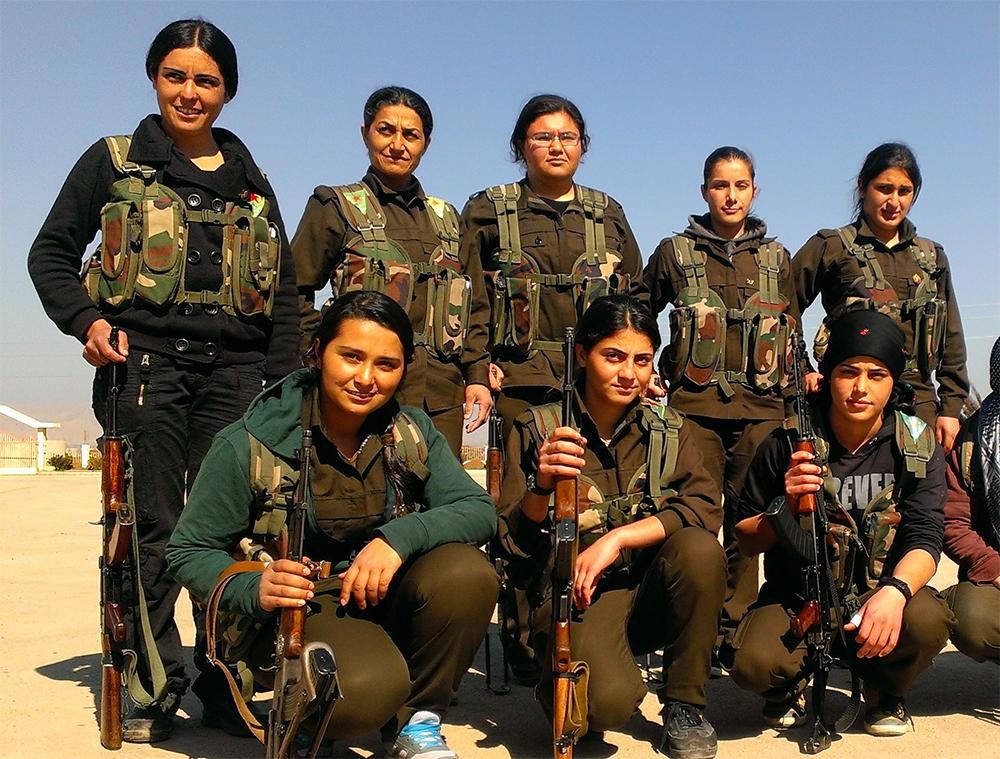
These images served multiple purposes. In part, they bolstered the reputation of the Kurds as the premier opposition to the extremist religious forces in the region, contrasting their relatively secular outlook against that of the salafists, while showing them as reliable and active combatants.
Such images sent the unspoken message that the Kurds had a degree of, be it true or false, secular equality, a progressive tendency, within its community. Whatever the truth is, the message was clear. The Kurds are fighting with everything they’ve got, and they have values that are well aligned with Western values.
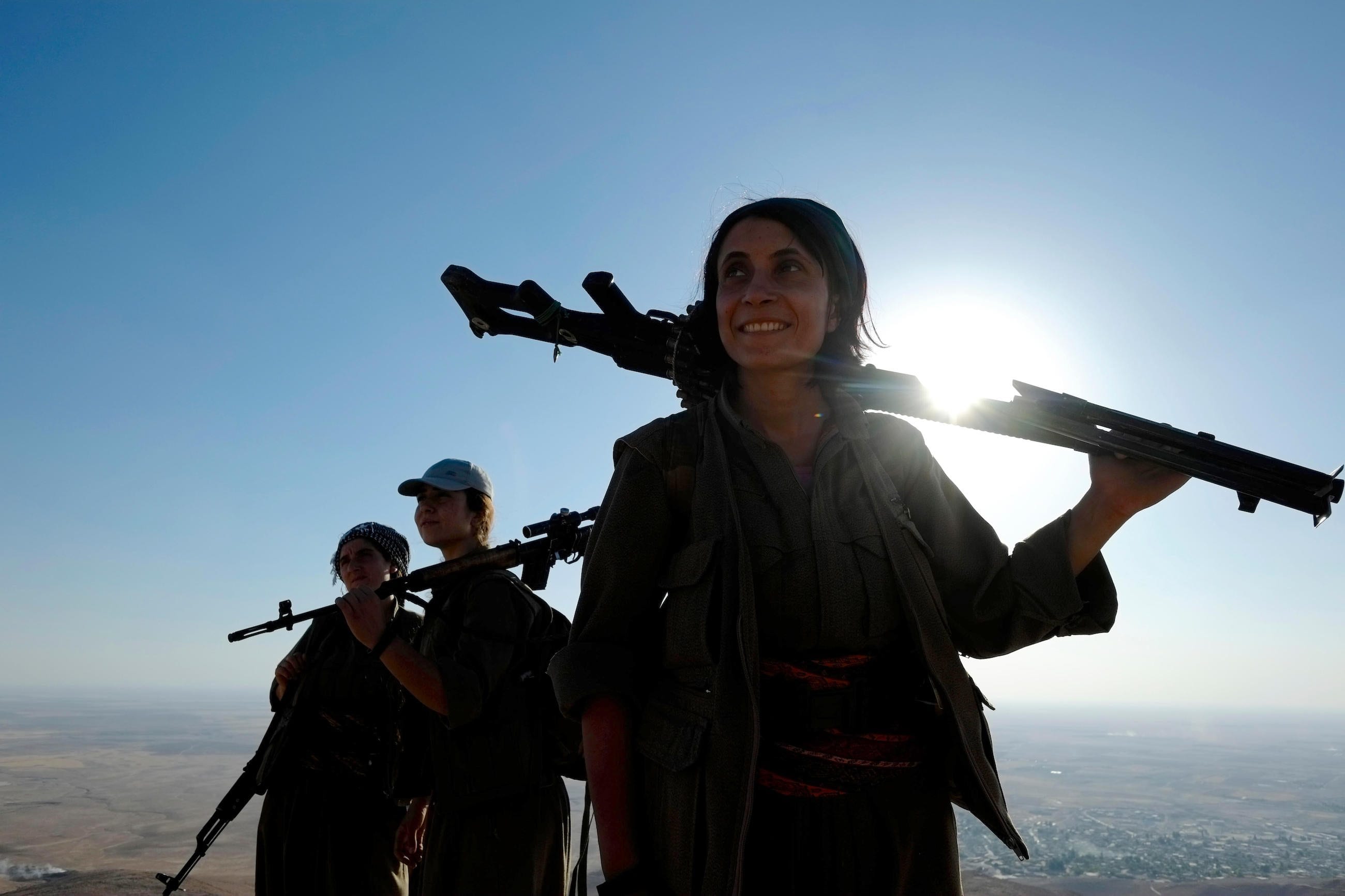
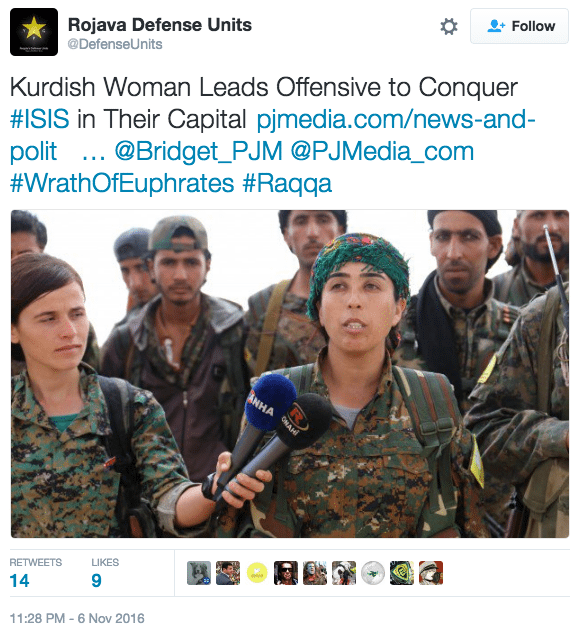
With this, the western observer invested a degree of personal interest in the struggle of the Kurds, and began following their affairs, all while pushing for western military support for the Kurdish forces.
In order to round such a media approach off, it was required to show the other side of the coin; the messy side of war. Tugging at the heartstrings of the now invested observer, Kurdish media showed the raw collateral damage of war, depicting the deaths of civilians and heroes alike.
By showing the world the bravery of the individual, and the brutality unleashed by war onto the civilian, the Kurds hope to engage the viewer, create an emotional dialog, and through that emotional connection, garner influence over the day-to-day conversations that inform politics. This is the foremost weapon that the PYD has to safeguard its emerging nation state in Rojava, to deploy against the Turkish military.
The end game is a grassroots western aversion to Turkish action against Rojava.
The al Qaeda and ISIS media machines
When al Qaeda first came into the public eye, it barely had a media presence under its own control. However, the group’s development in the post-9/11 era was well timed with the emergence of social media. As a younger generation of jihadists emerged and joined the group, it quickly developed an impressive media presence.
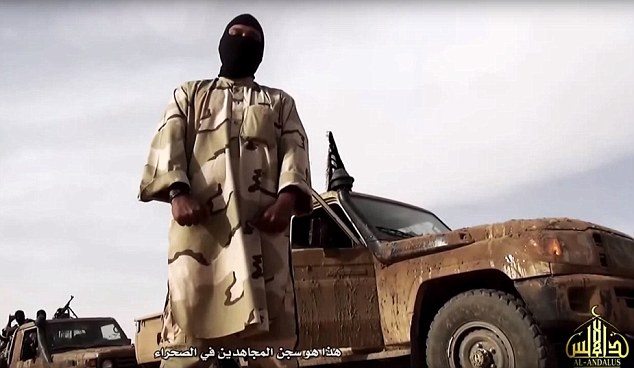
Anwar al-Awlaki, the American-Yemeni al Qaeda Imam, spearheaded al Qaeda in the Arabian Peninsula’s worldwide reach through modern media. Awlaki’s successes quickly put him in the crosshairs of the American intelligence industry, which carried out a deadly drone strike against him on September 30th, 2011, in Yemen. As part of the new al Qaeda that emerged from the Awlaki school, the organization was able to field efficient media campaigns, featuring video, magazines, and even live chats from the frontlines – everything the modern believer needed in order to engage with the cause.
The Islamic State would raise the bar even further, creating nearly full length high quality feature movies of their fighters engaging in battle against the infidels across the Levant.
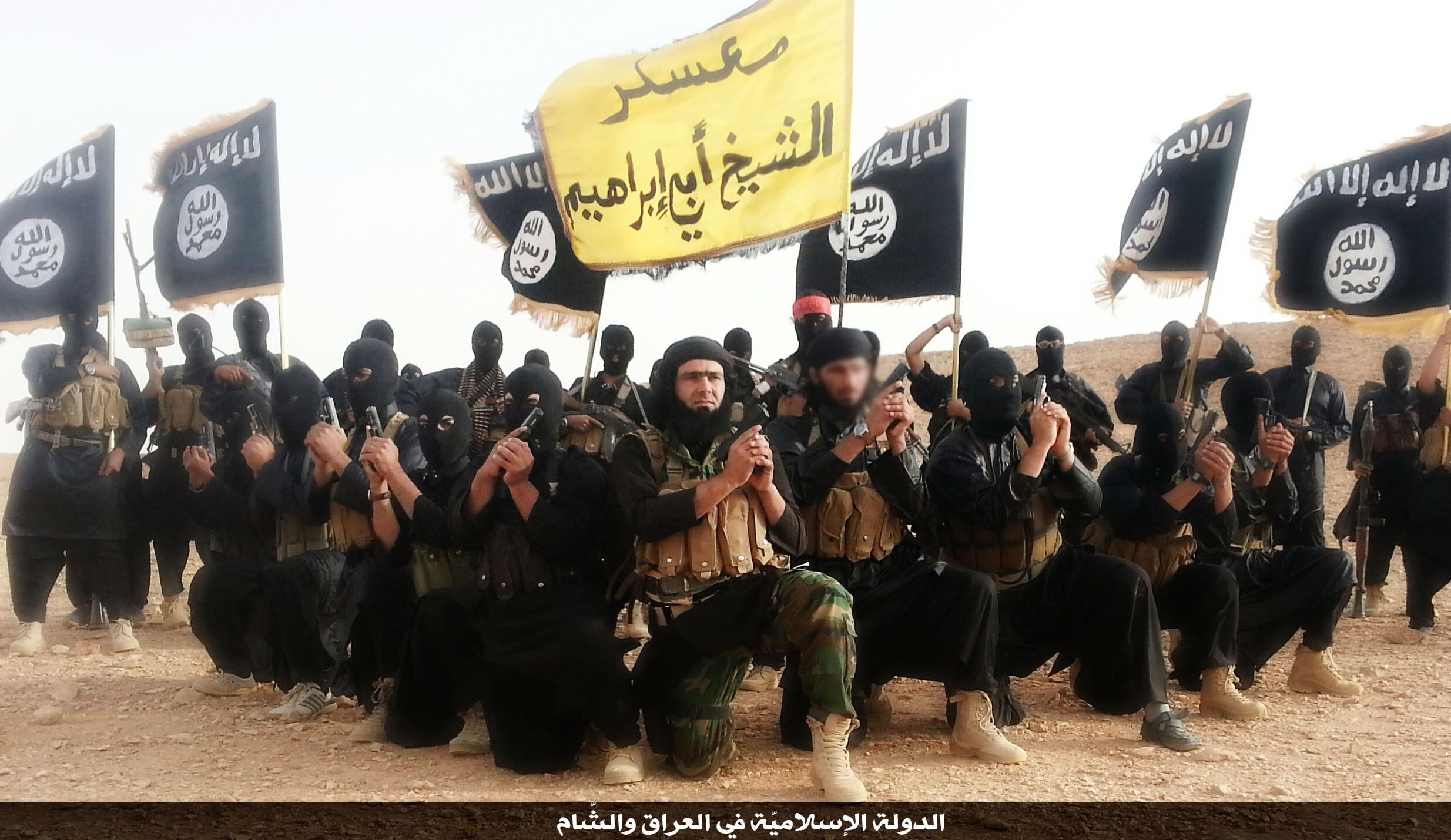
The Kurdish PYD, and other groups have significantly stepped up their media game.
Certainly the Kurds are well deserving of support, and of a fragment of this chaotic world to call home. Yet we need to approach the situation with understanding, and not be influenced too easily. The Kurdish provided media coming from the contested border region is certainly some of the best, geared towards making the suffering there interesting enough to keep the West entertained.
John Sjoholm, Lima Charlie News
John Sjoholm is Lima Charlie’s Middle East Bureau Chief, Managing Editor, and founder of the consulting firm Erudite Group. A seasoned expert on Middle East and North Africa matters, he has a background in security contracting and has served as a geopolitical advisor to regional leaders. He was educated in religion and languages in Sana’a, Yemen, and Cairo, Egypt, and has lived in the region since 2005, contributing to numerous Western-supported stabilisation projects. He currently resides in Jordan. Follow John on Twitter @JohnSjoholmLC
Lima Charlie World provides global news, featuring insight & analysis by military veterans, intelligence professionals and foreign policy experts Worldwide.
For up-to-date news, please follow us on twitter at @LimaCharlieNews
In case you missed it:


